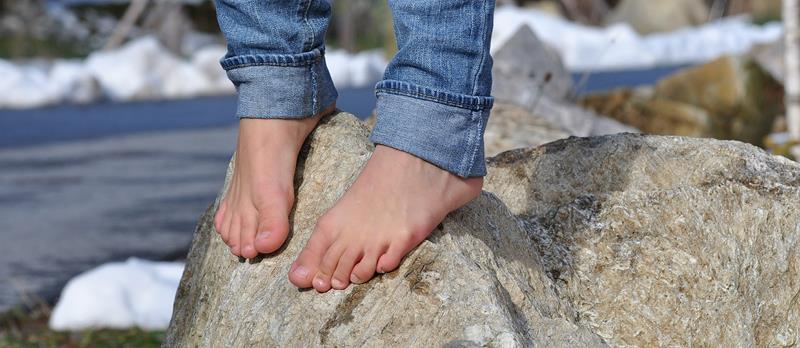
Arthroscopy is a minimally invasive surgical procedure used to examine and treat issues within the ankle joint. The word “arthroscopy” means “to look inside the joint.” During the procedure, a small fiber-optic camera and specialized instruments are inserted into the joint to remove debris and treat damaged tissues. Arthroscopy is commonly used to relieve ankle pain and diagnose injuries to bones, cartilage, tendons, and ligaments.
Request an AppointmentWhy Arthroscopy Is Performed
Ankle arthroscopy is useful for diagnosing and treating a variety of joint problems, including:
- Bone Spurs: These can form at the front of the ankle joint, limiting motion. Arthroscopy allows the surgeon to shave down the spur and restore joint mobility.
- Cartilage Damage: Often caused by ankle injuries such as sprains, cartilage damage can worsen over time and lead to arthritis. Arthroscopy helps identify and treat this damage early.
- Scar Tissue and Loose Debris: Injury or inflammation can result in scar tissue or debris in the joint, which may cause pain and swelling. These can be removed arthroscopically.
- Unexplained Ankle Pain: When the cause of ankle pain isn’t clear through imaging tests like X-rays or MRIs, arthroscopy can provide a more accurate diagnosis.
Because it uses small incisions, ankle arthroscopy results in minimal scarring, a lower risk of infection, and a quicker recovery than open surgery.
How the Procedure Is Performed
Arthroscopy is typically done under general or local anesthesia. The surgeon makes a few small incisions around the ankle and inserts the arthroscope, a thin instrument with a camera and light. The camera transmits real-time images to a monitor, giving the surgeon a clear view of the joint’s interior.
If damage is found, the surgeon uses small tools inserted through the additional incisions to clean out the joint, remove debris, or repair tissues. Recovery is generally quicker than with traditional surgery, but in some cases, a splint or cast may be required for up to six weeks to support healing.